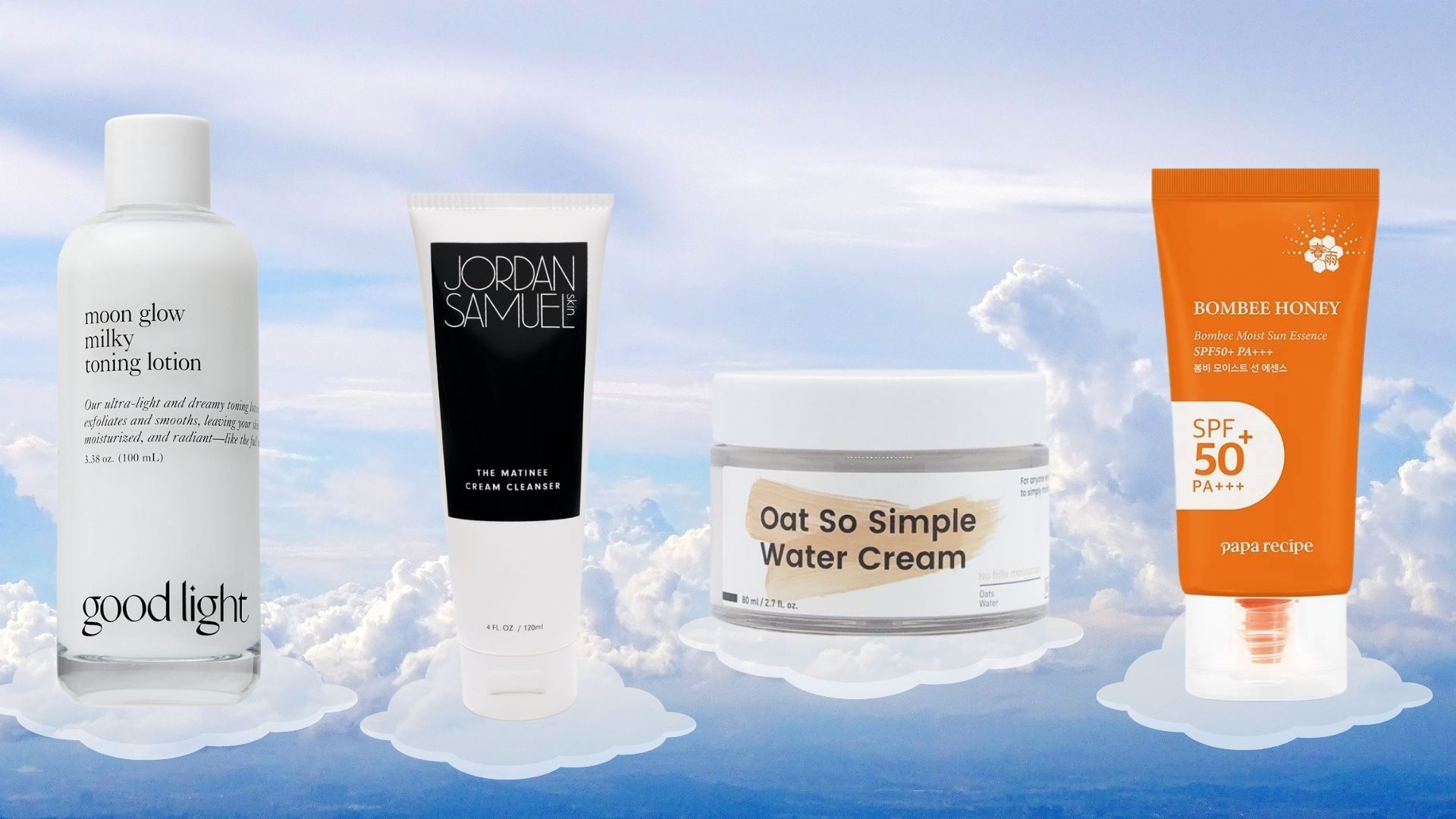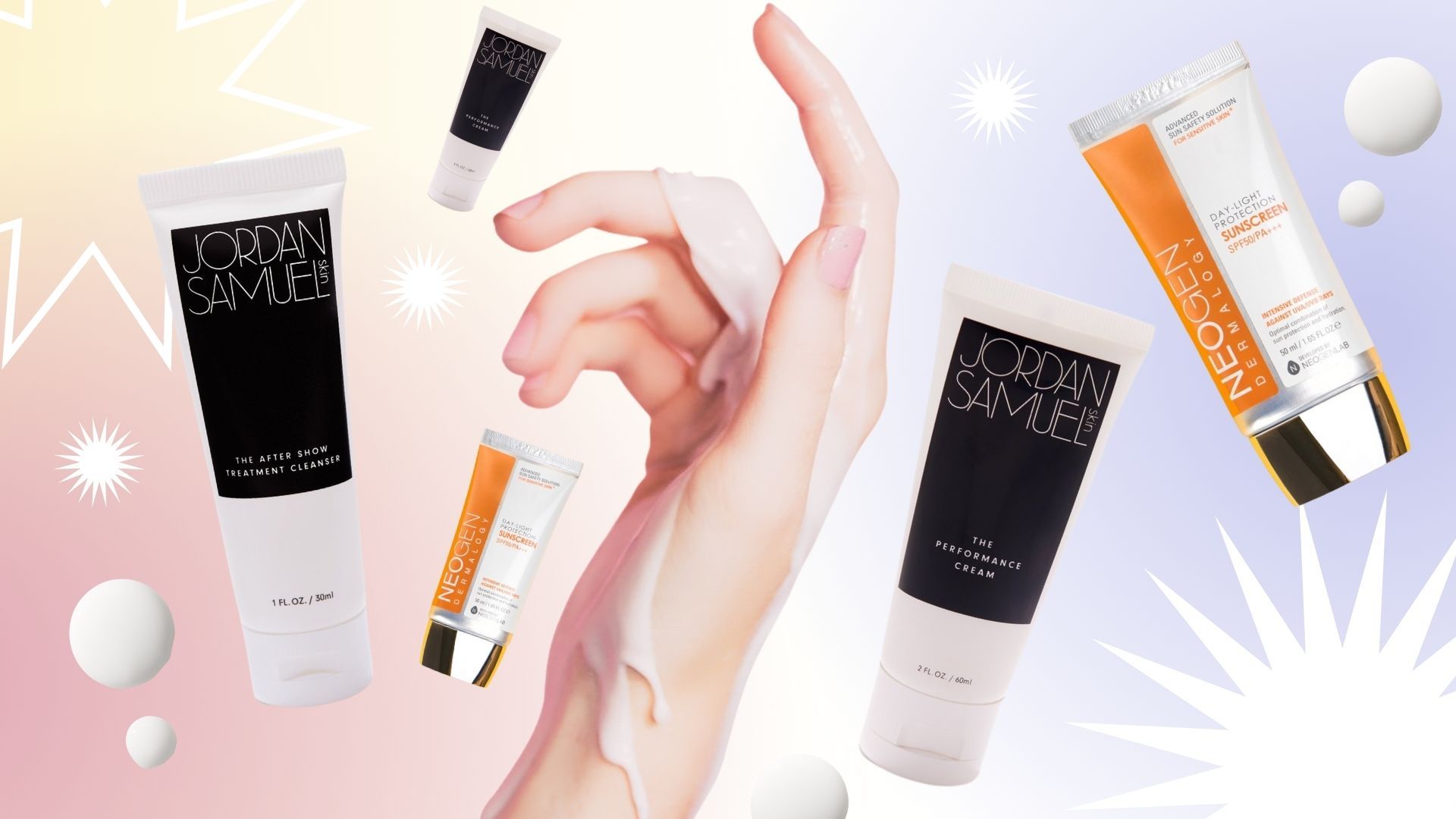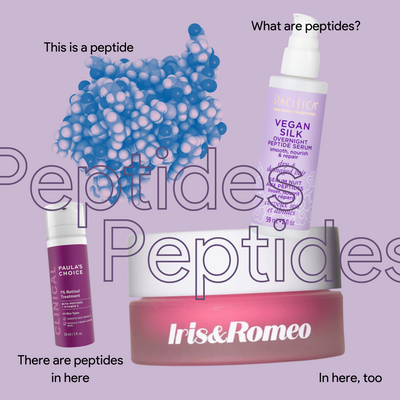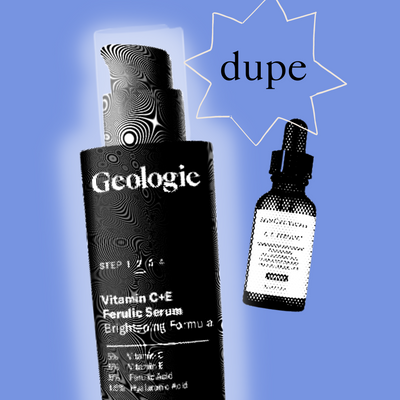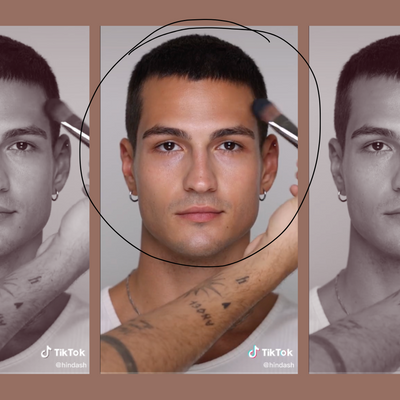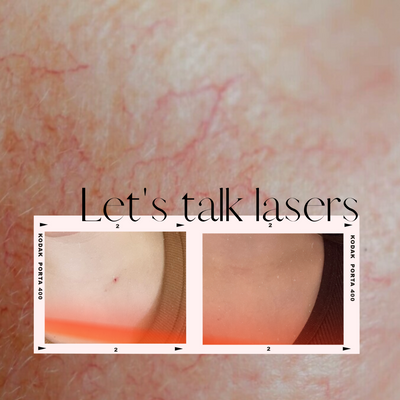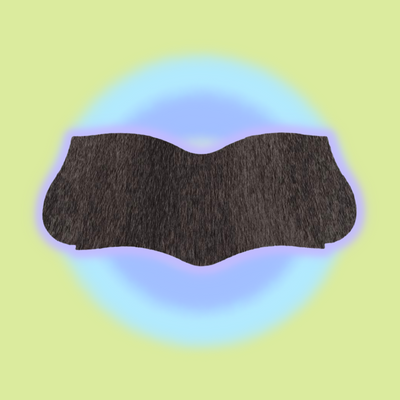Layer your skincare like you layer a sandwich.
Each piece of a sandwich serves a purpose. The first slice of bread acts as our base to hold all of the delicious pieces of meats, cheese, and condiments that make our sandwich special. The top layer of bread adds the final touch by holding all of the ingredients together. Skincare sandwiching can be seen as just the same – two layers of moisture (your bread) holding together your active ingredients (meats, cheese, and condiments).
SEE ALSO: “Is ‘drinkable retinol’ actually a thing now?
Many people with sensitive skin either struggle to use intense actives, like retinol, or just avoid it altogether. Retinol, also known as vitamin A, is an active ingredient that speeds up the cell turnover process by exfoliating the skin. Retinol is coveted by skincare enthusiasts and professionals alike since its exfoliation process helps to reduce the appearance of fine lines and scarring, improves elasticity, unclogs pores, and smoothens uneven texture. Although retinol seems to work magic, the exfoliation process has proven to be sensitizing for most skin types, especially sensitive skin.
Luckily, skincare sandwiching, which has been all the rave on TikTok, might just be a saving grace for those of us with sensitive skin. We spoke to Dr. Alexis Stephens, a Florida-based board-certified dermatologist and founder of Parkland Dermatology, about how skincare sandwiching might be a way for your pores to eat their breakfast, lunch, and dinner.
Skin sandwiching isn’t literally putting bread and mayo to your face.
“[Skincare] sandwiching is a method of applying a moisturizer to your skin both before and after an active ingredient,” explains Dr. Stephens. “Sandwiching can reduce the probability of impairing the skin barrier, which decreases the likelihood of skin irritation.”
For those of us with sensitive skin, skincare sandwiching provides a barrier to help reduce the possible sensitizing effects that we may experience from using active ingredients.
Skin sandwiching is actually not new.
It’s easy to get lost in the world of TikTok beauty trends. Sometimes we can’t tell the difference between a trendy beauty hack or a real skincare method used by skin professionals. Fortunately, Dr. Stephens explains that it’s a legitimate method that derms have used for years. Sandwiching a retinol between the first and second application of moisturizer has been a go-to for dermatologists since it allows for sensitive skin types to use intense active ingredients, minus the sensitivity.
But we can’t just sandwich with any type of product.
Now that we know sandwiching is a common method recommended by skin professionals, it is important to ensure we are applying the correct types of products to our skin for the most efficacious results. “It is better to sandwich actives that are known to cause skin irritation like retinoids,” says Dr. Stephens. She goes on to say that sandwiching with other actives is unnecessary and may decrease their effectiveness. Sandwiching the proper products between our moisturizer also aids in reducing the opportunity for pore-clogging or breakouts.
Let’s stick to the face.
TikTok beauty gurus have been demonstrating the sandwiching process on places like their lips, so can we sandwich anywhere we want to? “Yes, but again, it would be unnecessary and likely decrease the effectiveness of the products,” explains Dr.Stephens.
Skincare sandwiching is worth a try.
As long as you are pairing an active ingredient, such as a retinol, with your moisturizer sandwich, your application should be effective in reducing sensitization on the skin without leading to any clogged pores or breakouts. Without the use of actives, our sandwiching method becomes less effective or purposeful for the skin.
Here’s how to sandwich like a pro:
Step 1: Apply your first layer of moisturizer.
Thick or thin, gel or cream; any moisturizer will do. A lightweight moisturizer can be helpful since we will be layering multiple products.
Step 2: Apply your active ingredient.
A few popular active ingredients are vitamin A (Differin Gel, Retinol, Retinoid, etc.), vitamin B (Niacinamide), and vitamin C (L-Ascorbic acid, THD). All of these active ingredients exfoliate the skin and promote the cell turnover process, but at a higher intensity than physical scrubs. This exfoliation process leaves room for the skin to become prone to sensitivity. Adding a moisturizer before application leaves a barrier between the skin and the active, reducing sensitivity.
Step 3: Top it off with a second layer of moisturizer.
The last layer of moisturizer acts as the top piece of bread to our sandwich, the one keeping it all together. After our ingredients have been sealed and skin has been soothed, our skincare sandwich is complete.
Now that we have the breakdown on skincare sandwiching, let’s take a look at some moisturizers and retinol creams you can sandwich together.
Krave Beauty Oat So Simple Moisturizer ($28)
With a simple combination of oat and squalane, this moisturizer works to repair the skin barrier as well as protect it against environmental aggressors. The lightweight texture of this gel moisturizer makes it ideal for layering.
Granactive Retinoid 2% Emulsion ($9.80)
Granactive Retinoid is an advanced retinoid active complex that works to reduce the appearance of fine lines and loss of elasticity without the common sensitization that commonly comes with using retinol.
Peach & Lily Matcha Pudding Moisturizer ($40)
With the antioxidant of matcha, this lightweight moisturizer provides protection against free radicals, soothes the skin, and strengthens the skin barrier. If you are looking for a surefire way to reduce sensitivity while sandwiching your skincare, this moisturizer is the antioxidant powerhouse you’re looking for.
Pure Peach Retinoic Eye Cream ($42)
Sandwiching can help aid in reducing the common sensitizing effects of retinol, but this retinol eye cream isn’t actually a retinol at all. The 0.5% bakuchiol, a plant-based retinol alternative, works to provide the effects of retinol minus the sensitivity.
Belif The True Cream Aqua Bomb ($38)
Ceramides, glycerin, and lady’s mantle all work together in a gel formulation to deeply hydrate the skin without overwhelming the skin with heavy texture or stickiness.
Iope Retinol Expert 0.1% ($90)
A highly stabilized 0.1% retinol formulation works to provide efficacious results in reducing the appearance of wrinkles, fine lines, and loss of firmness. The addition of panthenol aids in reducing possible sensitization effects.
Klairs Midnight Blue Calming Cream ($24.50)
Guaiazulene, a powerful skin-calming agent, works to reduce redness and inflammation. The formula is a bit creamier than a gel, allowing it to work as an effective cushion when used in sandwiching.
READ MORE LIKE THIS
